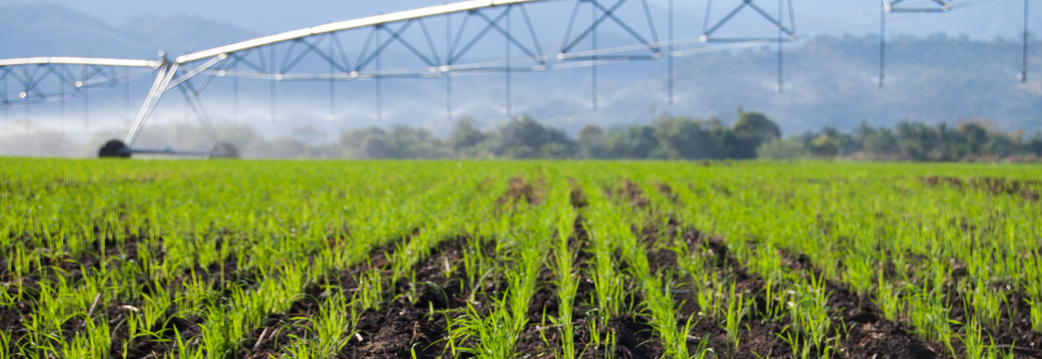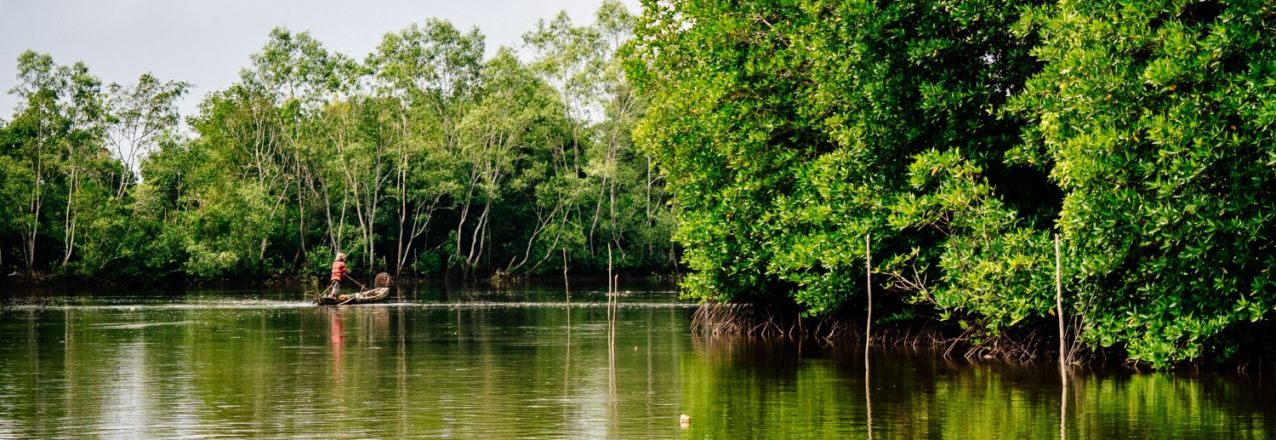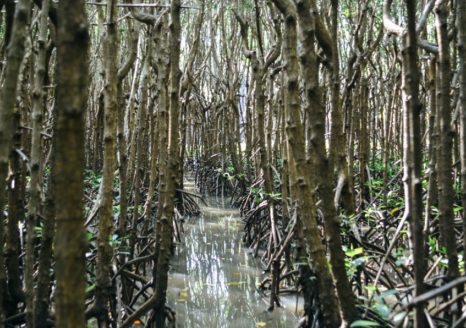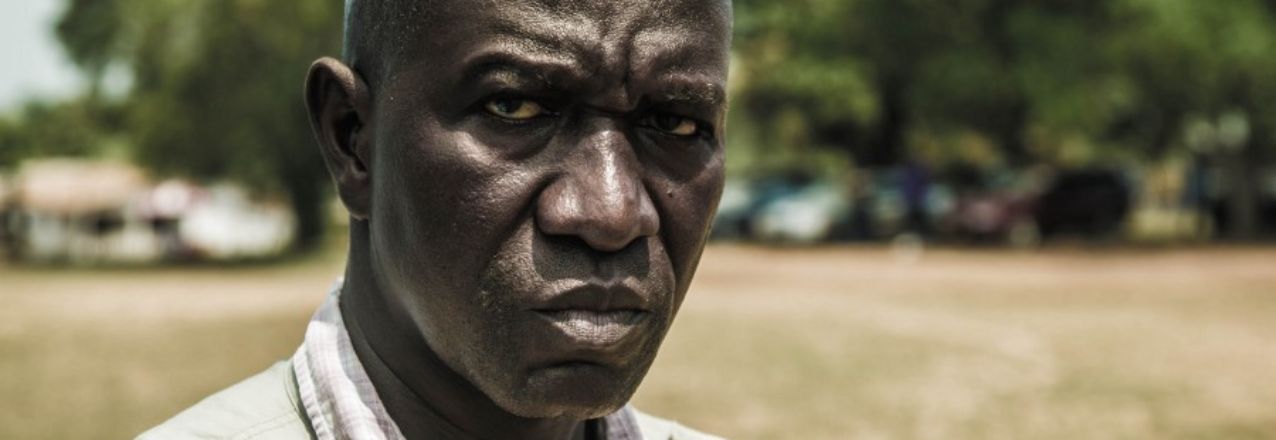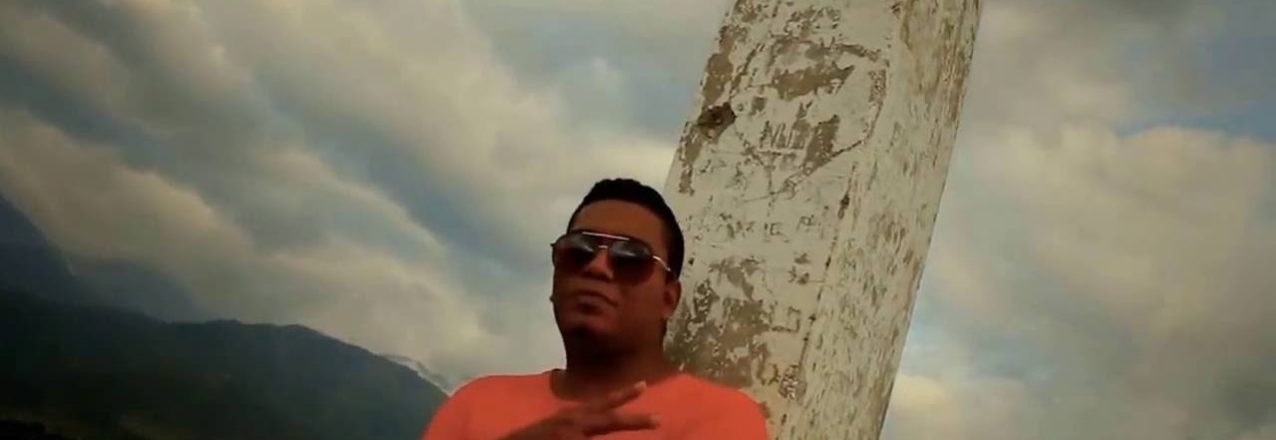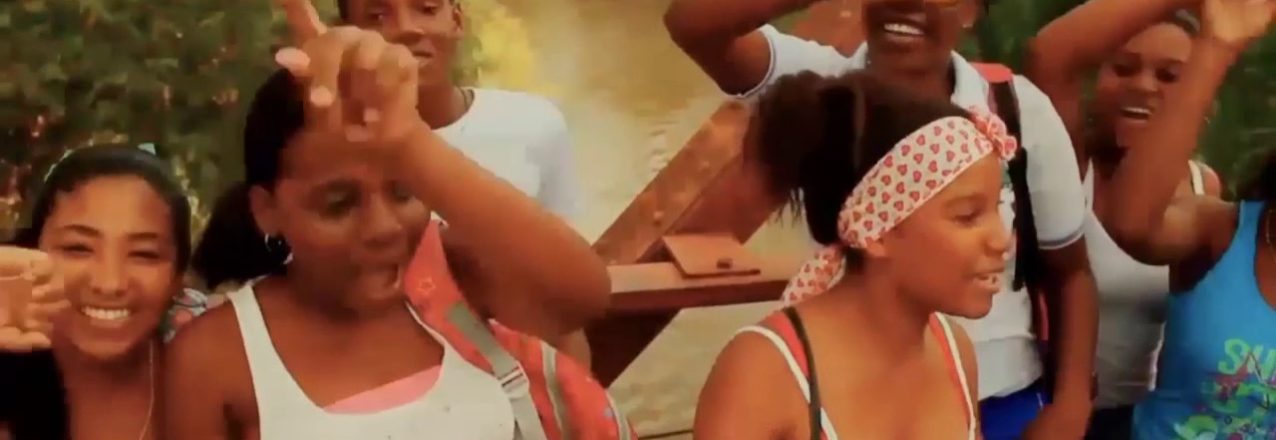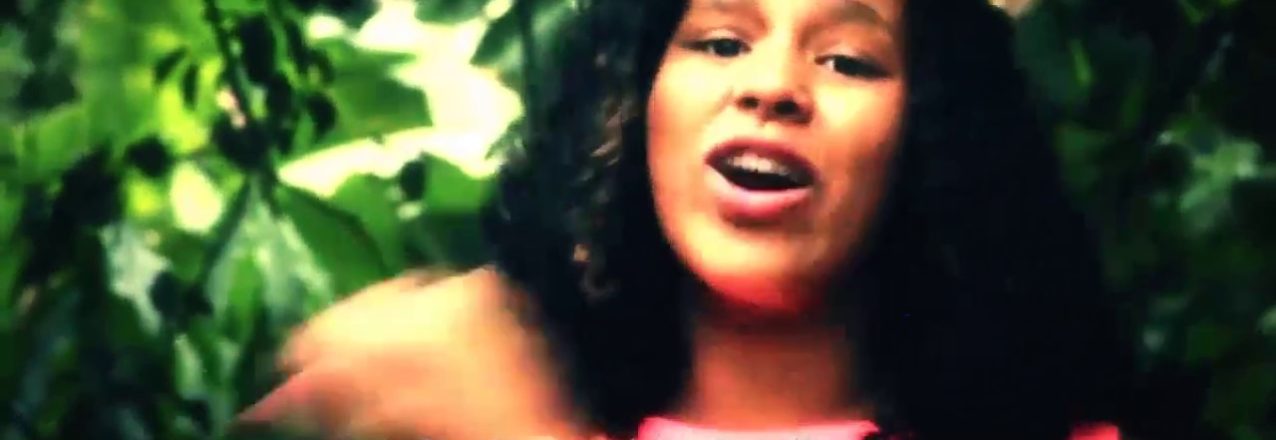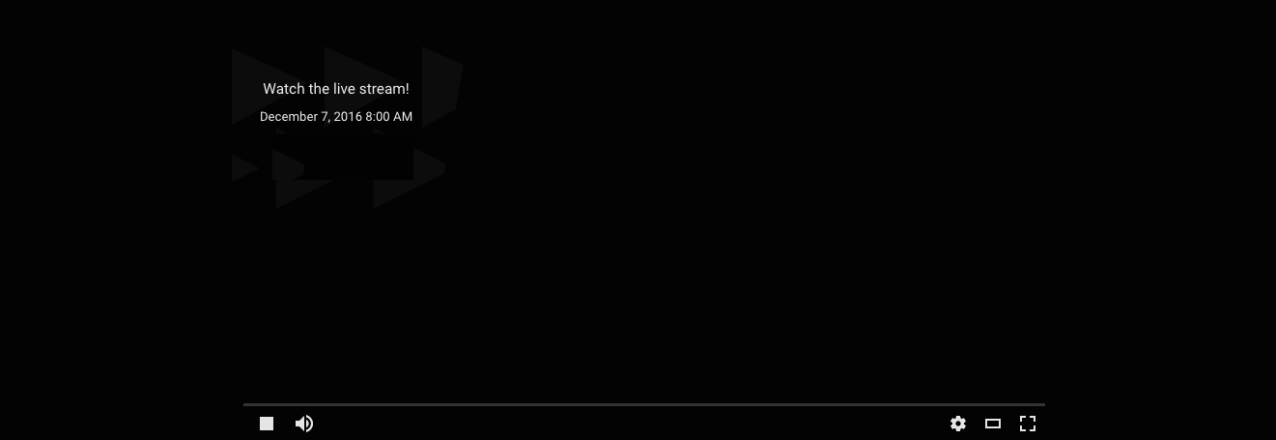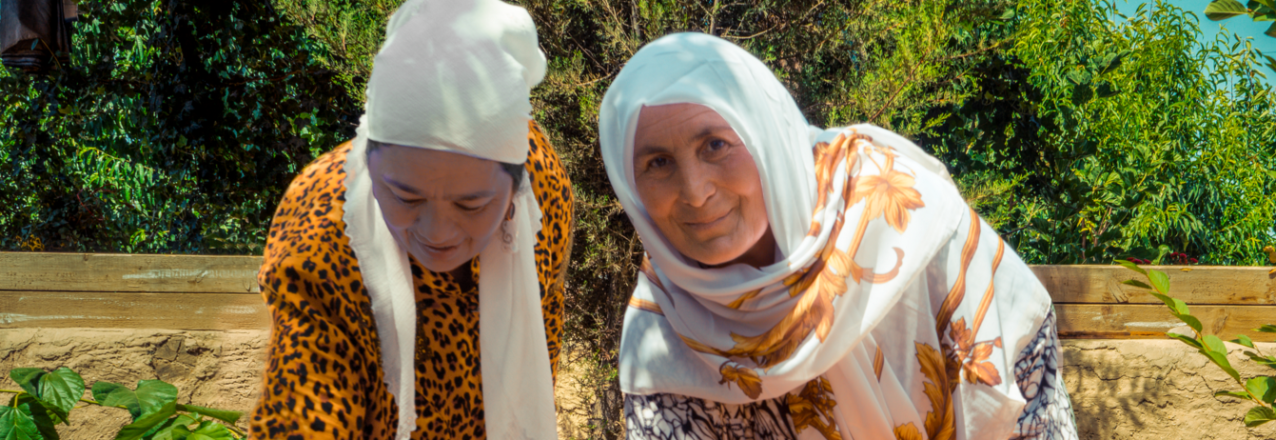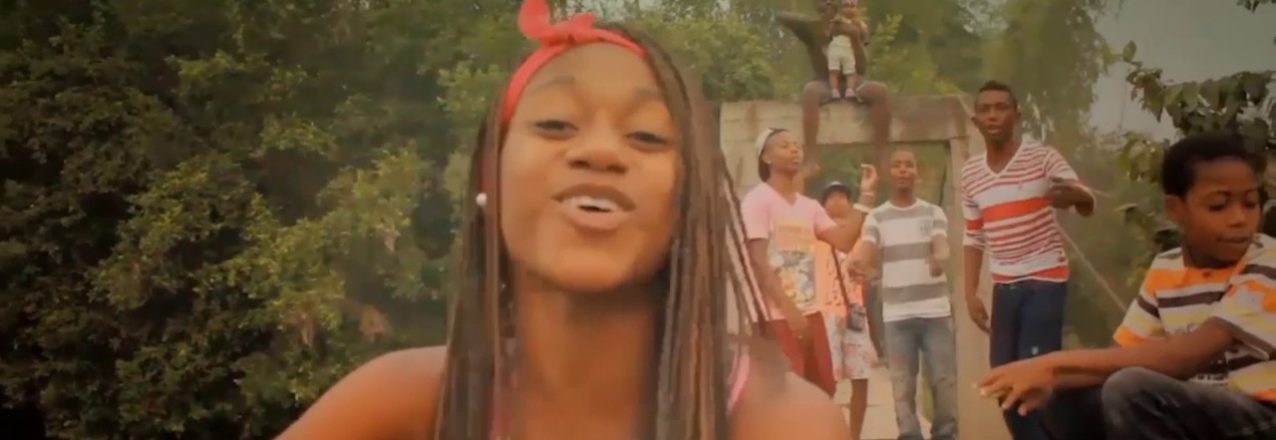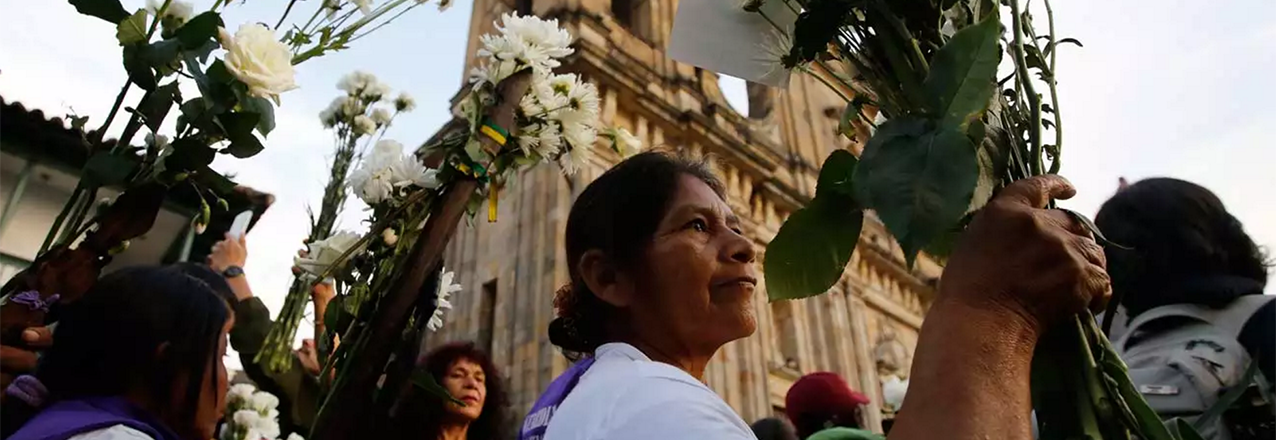Originally appeared on Medium.
On December 16, the United States published its first National Action Plan on Responsible Business Conduct, following a thorough two-year process that included consultations with stakeholders from around the country, as well as significant coordination among federal agencies, including USAID. The National Action Plan promotes responsible business conduct for U.S. companies operating abroad.
Responsible business conduct is the idea that businesses can perform well while doing good and that governments should set and facilitate the conditions for this to take place. Central to this concept is emphasizing positive contributions businesses make to economic, environmental, and social progress, while recognizing and avoiding adverse impacts of business conduct and addressing them when they occur.
The National Action Plan outlines how the U.S. government, business, labor, civil society, foreign governments, and other stakeholders will strengthen efforts to work together to promote high standards of open and accountable business practices, respect for human rights, and a commitment to transparency.
Land Rights and Responsible Investment
USAID has long been a leader in promoting responsible investment in agriculture in the developing world. Through initiatives like the New Alliance for Food Security and Nutrition, we are partnering with the private sector to accelerate investment in food production while reducing hunger and extreme poverty.
These initiatives sometimes involve land-based investments in countries where the systems that govern land and property rights are weak. Acquiring rights to use or own land in these environments can carry substantial risks. Unclear, undocumented or overlapping claims to land, lack of transparency, and the potential for land-based conflict can undermine investment projects and threaten the rights and livelihoods of local communities.
Read the full story on Medium.


